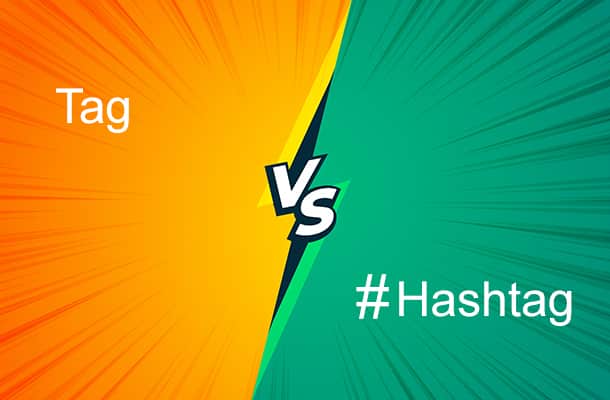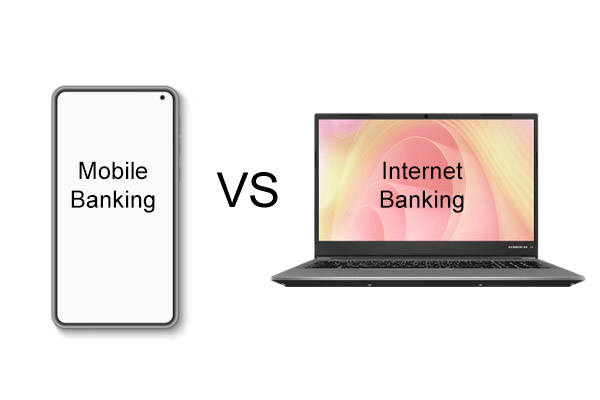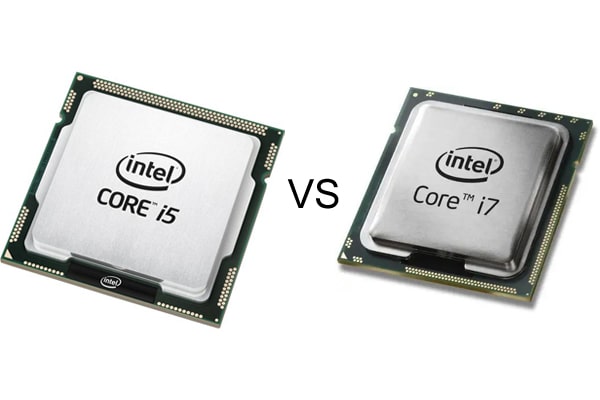Check out our latest article to learn about the differences between WPA2 and WPA3, and how Wi-Fi security has evolved since 2004! WPA3 was introduced in 2018, and it offers a lot of enhanced security features over WPA2. WPA3 is more robust than WPA2, and it can protect your network from data breaches and unauthorized access. Our post goes into detail about both protocols, so you can learn how they work and which one is right for you. We also talk about the versatility of WPA3, and how it can be used to protect open hotspots and securely integrate new devices into your network. So if you want to learn more about Wi-Fi security, check out our comprehensive guide!
Main Difference Between WPA2 and WPA3
WPA2 is an enhanced version of WPA, and WPA3 is an even more advanced version of WPA2. WPA2 was released in 2004, and WPA3 was released in 2018. WPA2 replaced Temporal Key Integrity Protocol (TKIP) with Counter Mode with Cipher Block Chaining Message Authentication Code Protocol (CCMP) and Advanced Encryption Standard (AES), and WPA3 replaced Pre-Shared Key (PSK) with Simultaneous Authentication of Equals (SAE). WPA2 uses AES, and WPA3 uses AES with Galois/Counter Mode Protocol (GCMP). WPA2 uses Wi-Fi Protected Setup (WPS), and WPA3 uses Device Provisioning Protocol (DPP). WPA2 uses PSK handshake, and WPA3 uses SAE handshake. WPA2 uses Open Authentication and Extensible Authentication Protocol (EAP), and WPA3 uses Opportunistic Wireless Encryption (OWE). WPA3 is more secure and faster than WPA2.
In simpler terms, WPA3 is the latest and most secure version of Wi-Fi security. It is more secure than WPA2, and it is also faster. If you have a Wi-Fi network, you should upgrade to WPA3 as soon as possible.
Here are some of the benefits of WPA3:
- It is more secure than WPA2.
- It is faster than WPA2.
- It supports new features such as individualized encryption and 192-bit security.
- It is backwards compatible with WPA2 devices.
If you have a Wi-Fi network, you should upgrade to WPA3 as soon as possible. WPA3 is the latest and greatest version of Wi-Fi security, and it offers a number of benefits over WPA2.
Comparison Table
| Comparison Parameters | WPA2 | WPA3 |
| Release Year | 2004 | 2018 |
| Encryption Strength | AES Standard | 192-bit in Enterprise |
| Speed | Slower compared to WPA3 | Faster |
| Security Levels | Advanced but less secure than WPA3 | Superior |
| Authentication | Pre-shared key (PSK) handshake mechanism | Simultaneous Authentication of Equals (SAE) |
| Encryption Standards | AES | AES with GCMP |
| Wireless Protocol | Wi-Fi Protected Setup technology | Wi-Fi Device Provisioning Protocol (DPP) |
| Security Methodologies | Utilized CCMP, replaced TKIP | Replaced Pre-Shared Key with SAE |
| Full Form | Wi-Fi Protected Access 2 | Wi-Fi Protected Access 3 |
| Encrypting Info Transfer | Open Authentication & EAP | Opportunistic Wireless Encryption (OWE) |
| Method Replacements | Employed AES, CCMP replaced TKIP | More secure, uses 128 & 192-bit encryption |
| Wireless Setup | Relied on Wi-Fi Protected Setup technology | Uses DPP for enhanced security |
What is WPA2
WPA2, emblematic of Wi-Fi Protected Access II, emerged as a pivotal upgrade, endeavoring to augment the security layers of prevailing 802.11 networks. It was envisioned as a solution implementable via a straightforward firmware upgrade, eliminating the hassle of hardware enhancements. WPA2 phased out the fragile WEP, introducing the resilient AES CCMP algorithms in lieu of TKIP, offering an unprecedented level of security and reliability. Rooted in the finalized 802.11i specifications, WPA2 stipulates the employment of 802.11x authentication and is renowned for shielding wireless networks through two encryption stratagems – AES and TKIP. Despite its computational intensity and latent vulnerabilities, WPA2 remains a formidable encryption standard, proving to be a labyrinth for hackers. Journey with us as we demystify the intricate fabric of WPA2 and explore how it laid the groundwork for its successor, WPA3, in our quest for impeccable Wi-Fi security!
What is WPA3
WPA3 is the new hotness in wireless security, and it’s got a lot of cool new features over its predecessor, WPA2. It’s more secure, more reliable, and easier to use. It also includes a few new features that make it perfect for businesses and other organizations that need to protect sensitive data.
One of the coolest features of WPA3 is Simultaneous Authentication of Equals (SAE). SAE is a new authentication protocol that’s way more secure than the one used in WPA2. SAE uses a Diffie-Hellman key exchange to generate a shared secret between the client and the access point. This shared secret is then used to encrypt all traffic between the client and the access point.
Another cool feature of WPA3 is Protected Management Frames (PMF). PMF encrypts all management frames, like the ones used to authenticate users and to associate devices with the access point. This helps to protect against attacks that can be used to eavesdrop on or manipulate management frames.
Finally, WPA3 includes Forward Secrecy. Forward Secrecy ensures that even if an attacker is able to obtain the encryption key, they won’t be able to decrypt past traffic. This is because the encryption key is generated randomly and is not reused.
Overall, WPA3 is a huge improvement over WPA2. It’s more secure, more reliable, and easier to use. It also includes a few new features that make it perfect for businesses and other organizations that need to protect sensitive data.
If you’re looking for the best possible wireless security, then you should upgrade to WPA3. It’s the future of wireless security, and it offers the best possible protection for your data.
Similarities Between WPA2 and WPA3
- Core Objective: Both aim to provide secure and encrypted wireless connections, safeguarding data integrity and user privacy.
- Wi-Fi Alliance: WPA2 and WPA3 are accredited protocols established by the Wi-Fi Alliance, ensuring optimal interoperability and security standards.
- Encryption Utilization: Each protocol employs Advanced Encryption Standard (AES) to secure information, albeit in varied capacities and strengths.
- Authentication Measures: They implement distinct yet sophisticated authentication mechanisms, fortifying network access security.
- Backward Compatibility: WPA3 maintains compatibility with WPA2, allowing seamless interaction between devices and networks across protocols.
FAQs
Why was WPA3 introduced, given that WPA2 was already in place?
WPA3 was introduced to overcome the vulnerabilities present in WPA2 and to provide enhanced security features, robust protections, and stronger encryption. The technological advancement and the evolving nature of cyber threats necessitated the development of a more secure and advanced protocol to protect wireless networks.
Can older devices that supported WPA2 be easily upgraded to support WPA3?
The upgrade to WPA3 largely depends on the manufacturer’s support. Some devices might receive firmware or software updates to support WPA3, but older hardware might lack the necessary capabilities, requiring users to upgrade their devices for compatibility with WPA3.
Is WPA3 backward compatible with WPA2?
Yes, WPA3 is designed to be backward compatible with WPA2 to ensure that devices supporting only WPA2 can connect to WPA3 networks, allowing for a smoother transition and broader compatibility between devices and networks.
How does the Simultaneous Authentication of Equals (SAE) in WPA3 improve security compared to WPA2’s Pre-shared Key (PSK)?
SAE in WPA3 enhances security by providing robust protection against offline dictionary attacks. Unlike WPA2’s PSK, where an attacker could make multiple password guesses offline, SAE requires interaction with the network for each guess, making attacks more complex and time-consuming.
Do I need to replace my current router to use WPA3?
It depends on whether your router manufacturer provides a firmware update to support WPA3. If your router is relatively new, there might be a firmware update available. However, for complete and optimized WPA3 functionality, upgrading to a router designed with WPA3 support may be beneficial.





